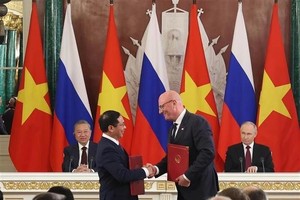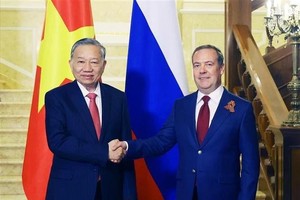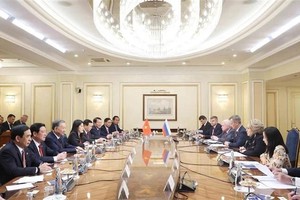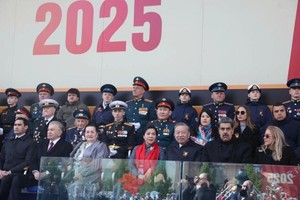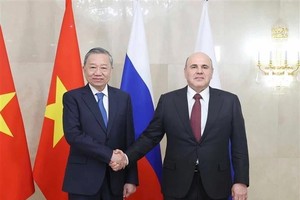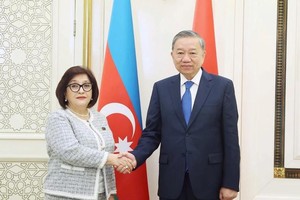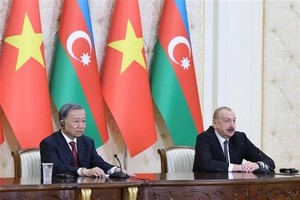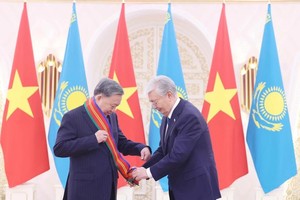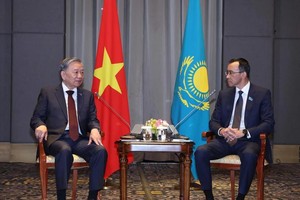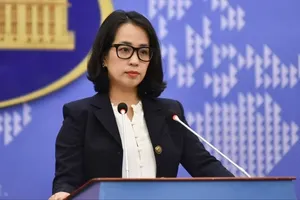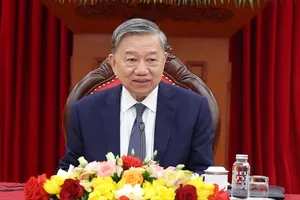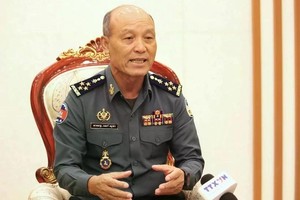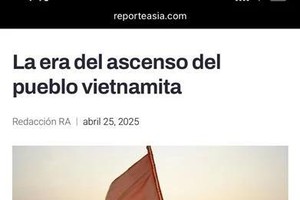The US Federal Reserve avoided pulling the trigger on fresh stimulus spending at a top-level policy meeting, but said it was prepared to act if the tepid economic recovery cools further.
The bank's open market committee held interest rates at record lows in a bid to shore up what it called a "modest" recovery, but shied away from a new -- and controversial -- round of spending.
"The committee will continue to monitor the economic outlook and financial developments and is prepared to provide additional accommodation if needed to support the economic recovery," the Fed said.
During the depths of the recession the bank spent about one trillion dollars buying up long-term US debt and toxic mortgage products in an effort to lubricate blocked up financial markets.
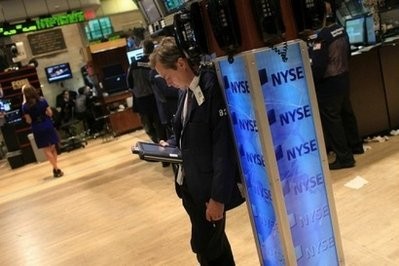
That may have helped stave off a rerun of the Great Depression, but there are widespread concerns that the private sector is not ready to stand on its own.
With US growth projected to be an anemic 1.5 percent this year, many commentators have called on the Fed to once again open the sluice gates and let cash flow into the economy.
At its August meeting, the bank took the baby step of agreeing to keep spending at current levels by plowing the proceeds from investments into US bonds.
Since that meeting, a panel of top economists has declared the US recession over and a slew of data has pointed to a moderately better outlook, but that has not been enough to dampen concerns.
The Fed retained its bleak view of the health of the world's largest economy, making further action possible when the panel meets again in early November.
"(The Fed) statement effectively kicked the can six weeks down the road," said Stephen Stanley of Pierpont Securities.
The Fed's top policy panel said the pace of recovery had "slowed in recent months" while warning the pace of economic growth would be "modest in the near term."
It pointed to now-familiar problems that plague the economy: high unemployment, low consumer spending and a moribund housing sector.
It also gave a thinly veiled warning about the risks of deflation, stating that inflation rates were "somewhat below" target levels.
"The Fed clearly stated current levels of inflation are too low, and that the aim of current policy would be to address the deficiency," according to Andrew Schiff of Euro Pacific Capital.
Even with this bleak backdrop, Fed members again appeared to have tussled over when crisis measures are needed and if they would work.
Kansas Fed Representative Thomas Hoenig, seen as an inflation hawk, voted against the policies, arguing that loose monetary policy would create imbalances over time.
"The doves are ready now, while the hawks would need to see a significant deterioration in the outlook to sign off," said Stanley.
Tuesday's meeting was the policy-making panel's last before November's mid-term elections.
